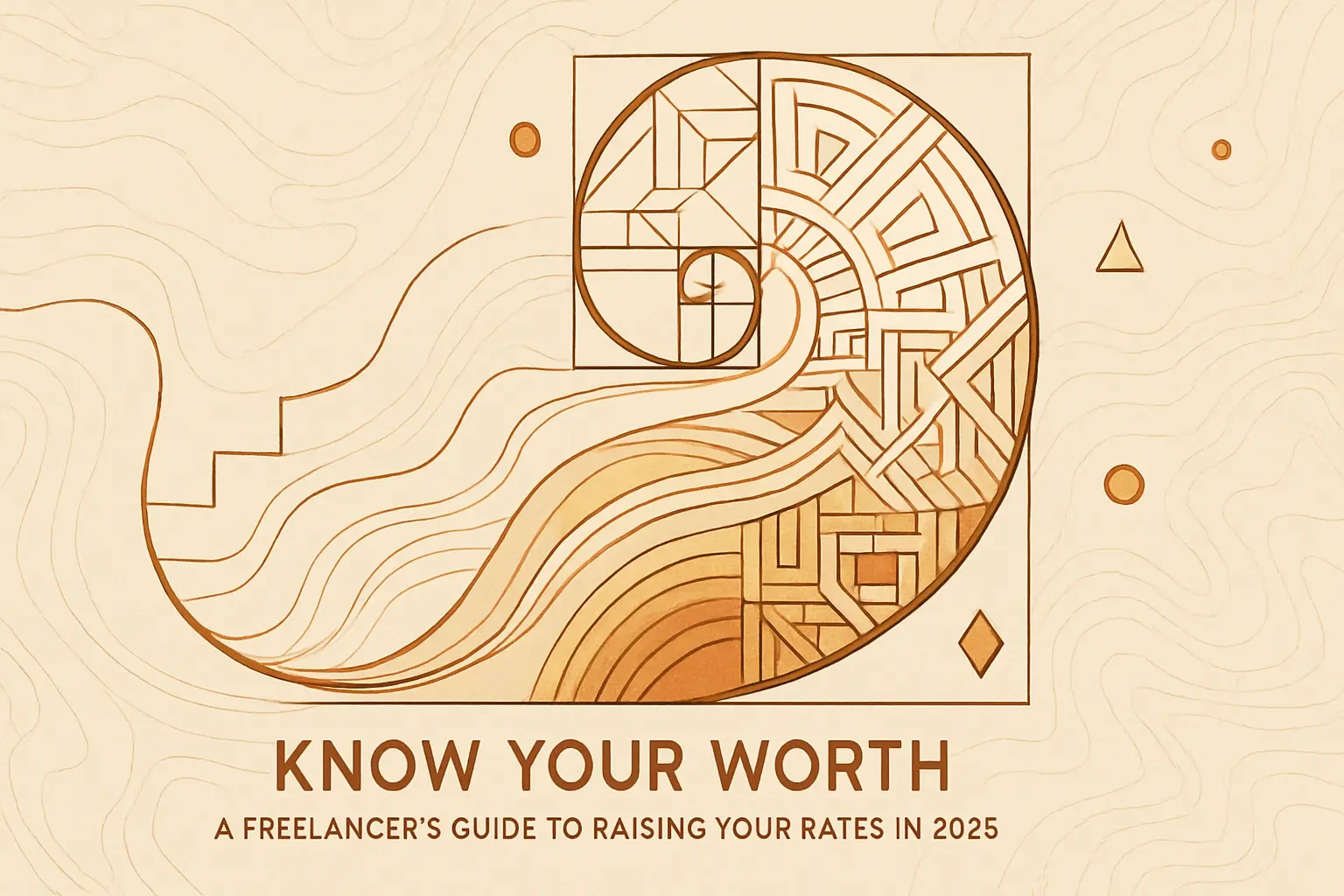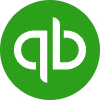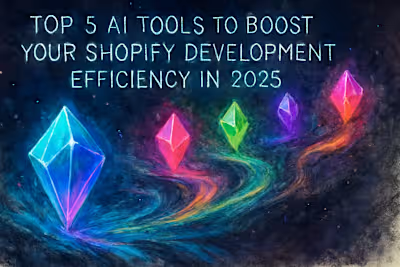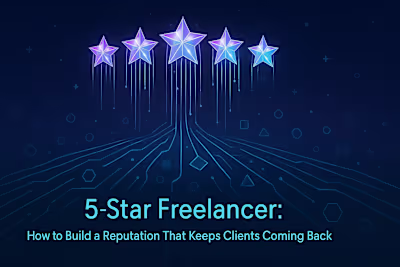Know Your Worth: A Freelancer’s Guide to Raising Your Rates in 2025

Know Your Worth: A Freelancer's Guide to Raising Your Rates in 2025
Signs It's Time for a Rate Increase
Your Client Roster is Completely Full
You've Gained New Skills and Expertise
You Haven't Raised Your Rates in Over a Year
You're Winning Every Proposal
Moving Beyond Hourly: Pricing Based on Value
The Problem with Hourly and Project-Based Billing
What is Value-Based Pricing?
How to Calculate and Pitch a Value-Based Price
The Art of Communicating Your New Rates
Informing Existing Clients with Grace
When to Grandfather-In Loyal Clients
Standing Firm with New Clients
Handling Pushback and Negotiation
Don't Take It Personally
Negotiating on Scope, Not on Rate
Knowing When to Walk Away
Conclusion
References
Know Your Worth: A Freelancer's Guide to Raising Your Rates in 2025
Signs It's Time for a Rate Increase
Your Client Roster is Completely Full
You've Gained New Skills and Expertise
You Haven't Raised Your Rates in Over a Year
You're Winning Every Proposal
Moving Beyond Hourly: Pricing Based on Value
The Problem with Hourly and Project-Based Billing
What is Value-Based Pricing?
How to Calculate and Pitch a Value-Based Price
The Art of Communicating Your New Rates
Informing Existing Clients with Grace
When to Grandfather-In Loyal Clients
Standing Firm with New Clients
Handling Pushback and Negotiation
Don't Take It Personally
Negotiating on Scope, Not on Rate
Knowing When to Walk Away
Conclusion
References
Posted Jul 4, 2025
Are you undercharging for your Shopify expertise? Learn when and how to raise your freelance rates with confidence, communicate the change to clients, and adopt value-based pricing.
0
54








